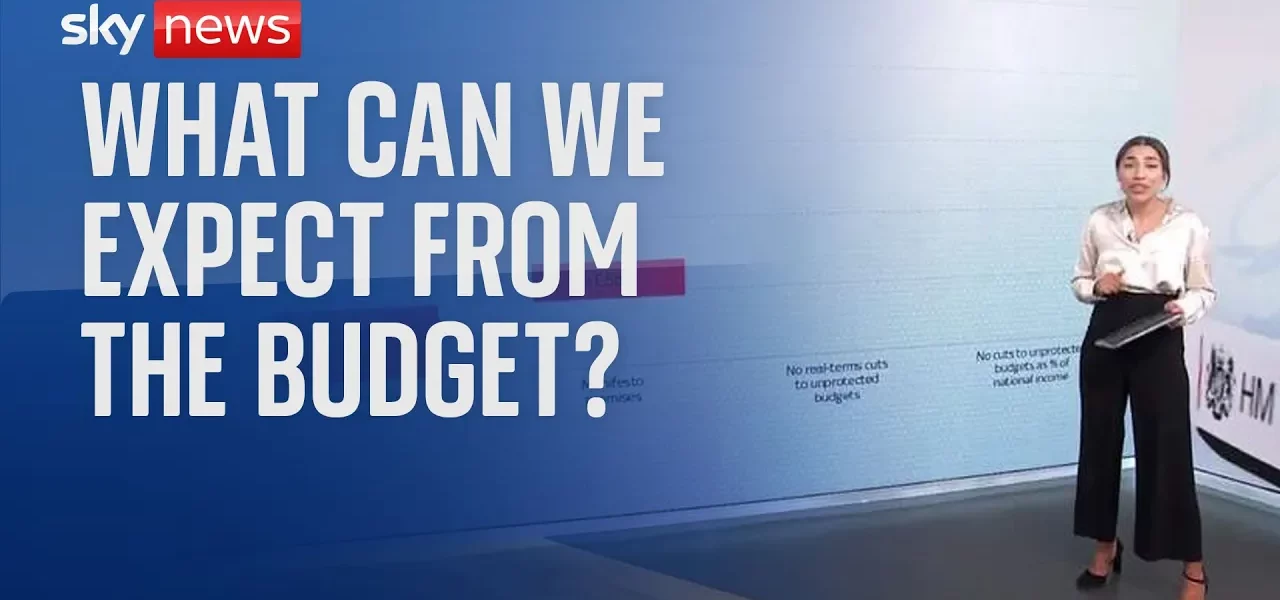The Upcoming Labor Government Budget: Challenges Ahead for the Chancellor

This article explores the significant challenges the Chancellor faces in the upcoming Labor Government budget. With government spending on the rise and revenue not keeping pace, the balancing act between taxation and expenditure will be critical for economic stability.
Introduction
In just three weeks, the Labor Government will unveil its first budget, a moment that holds considerable weight for the future of the UK’s economy. The Chancellor is tasked with the formidable challenge of balancing tax increases with government spending. Historical trends show an upward trajectory in government spending as a share of GDP, particularly spiking during the COVID-19 pandemic. Despite a recent decline, projections indicate that spending levels will remain elevated compared to pre-pandemic figures. This article delves into the intricacies of the budgetary decisions facing the Chancellor, examining the implications of increased debt interest payments, social security obligations, and the overall economic landscape.
Current Economic Landscape
Government Spending Trends
Government spending has seen a notable increase over the years, particularly influenced by the global pandemic. The spike in spending during COVID-19 was unprecedented, leading to a sustained rise in expenditure as a share of GDP. Even as efforts are made to rein in spending, it is projected to remain higher than pre-pandemic levels, influenced by:
- Higher debt interest payments
- Increased social security payments
- Public sector pay disputes requiring substantial financial resolutions
Revenue Challenges
Compounding the issue is the fact that government revenues have not kept pace with spending. This discrepancy places additional pressure on the Chancellor to identify viable solutions to bridge the gap. The challenges include:
- Stagnating tax revenues
- Economic factors affecting growth
- Public sentiment against further austerity measures
Chancellor’s Options for Budget Balancing
Reducing Government Spending
One potential avenue for the Chancellor is to attempt to reduce government spending. However, public appetite for further cuts is minimal, and the Labor party has already committed to increasing spending by £5 billion. This increase is in addition to the £9 billion allocated to address public sector pay disputes, totaling £14 billion more than previous government projections.
Protecting Budgets from Inflation
Under the previous government’s plan, certain budgets, including those for courts and prisons, were set for cuts in real terms. To protect these essential services from inflation, the Chancellor would need to find an additional:
- £16 billion to maintain current levels
- £4 billion if inflation adjustments are considered
Increasing Taxation
Alternatively, the Chancellor could consider raising taxes. While Labor has committed to a £9 billion tax increase, further increases will be necessary if spending is to be protected. This could result in:
- £6 billion for maintaining spending as a share of national income
- A total of £25 billion in tax increases, exacerbating an already high tax burden
Conclusion
The upcoming budget represents a critical juncture for the Labor Government and the Chancellor. With rising spending demands and insufficient revenue growth, the path forward is fraught with difficult political choices. The Chancellor’s commitment to fiscal responsibility, coupled with public expectations for increased spending on essential services, creates a complex landscape that must be navigated carefully. As we approach the budget announcement, it is essential for stakeholders to remain informed and engaged in the discussions surrounding fiscal policy and its implications for the future of the UK economy. For further insights on economic policy, consider reading our related articles on government spending trends and taxation policy impacts.
“`




